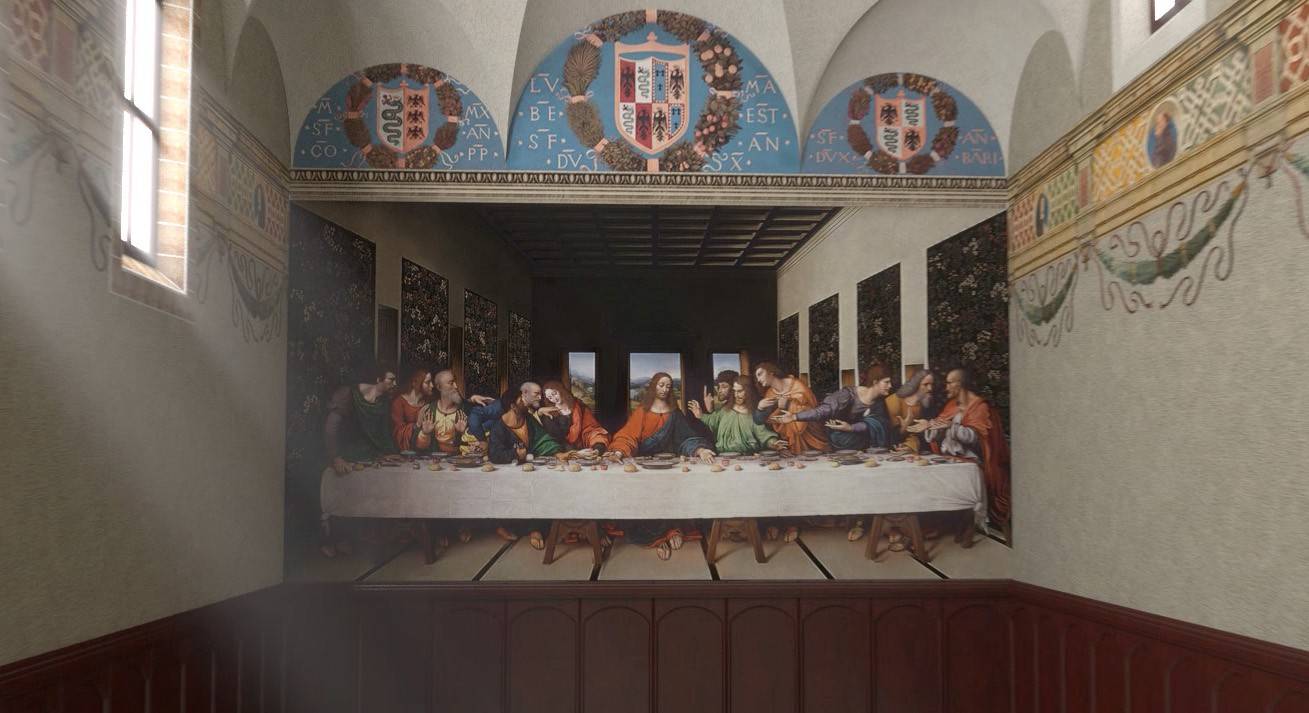The Gothic brick church of Santa Maria delle Grazie, in the Corso Magenta, was begun about 1465, and its massive six-sided dome in the finest Early Renaissance style was designed by Bramante, one of Italy’s most influential Renaissance architects.
The church – and adjoining refectory, which holds Leonardo da Vinci’s Last Supper – were badly damaged in World War II, and during the repair work, old sgraffito paintings in the dome were brought to light. At the end of the north aisle is the Baroque chapel of the Madonna delle Grazie, with an altarpiece of the Madonna.
But the reason most tourists visit Santa Maria delle Grazie is to see da Vinci’s most famous work, painted on the refectory wall of the former Dominican monastery. The Cenacolo Vinciano, as it is called here, was painted on the wall in tempera between 1495 and 1497.
Instead of earlier static representations of Christ’s last meal with his disciples, da Vinci presents a dramatic depiction of the scene, which was quite novel and marked an important new stage in the development of art. The painting, which had already begun to flake off before the destruction of part of the room left it exposed to weather, has been restored several times, a process which will probably never be fully completed.


